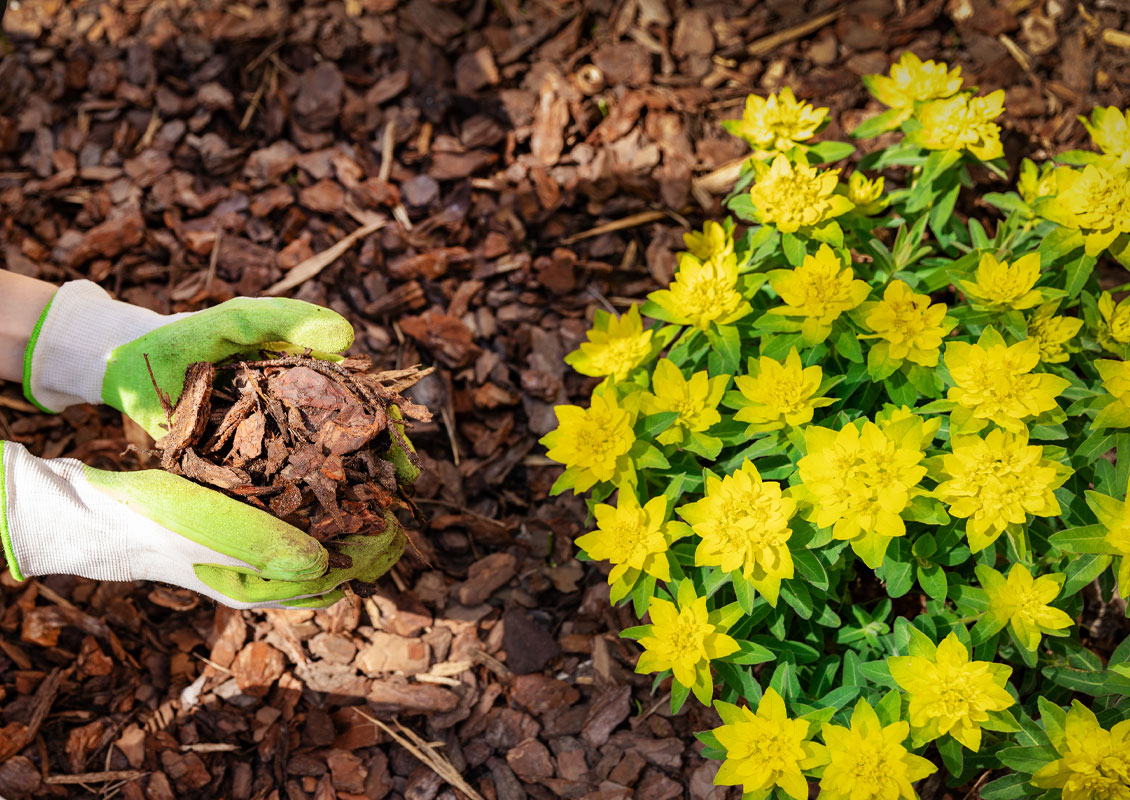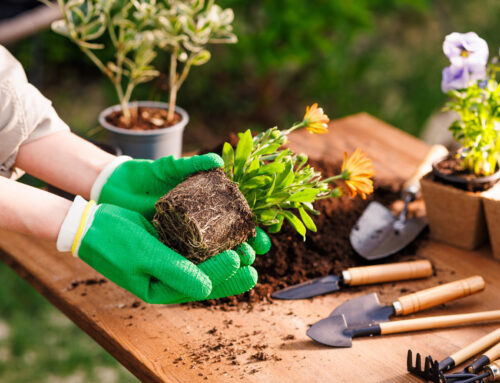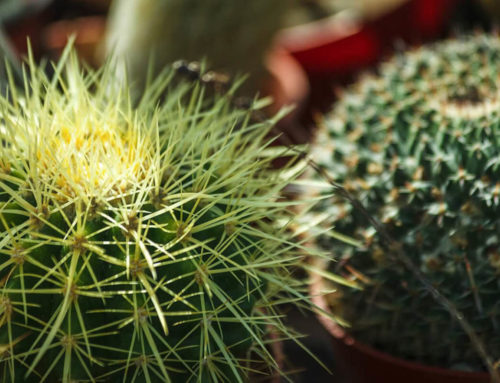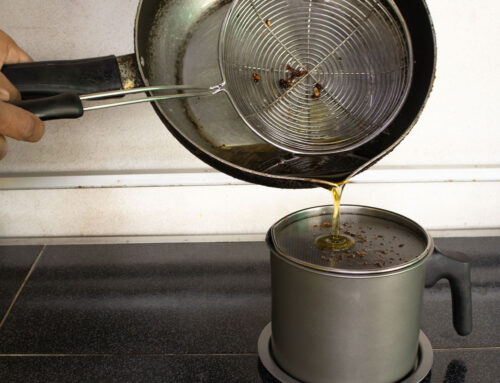Covering the soil with a layer of organic material prevents soil from crusting, which reduces the need to cultivate. Mulching also improves soil structure and lowers soil temperatures.
A layer of mulch should be about 3 inches thick. In large open areas, mulches can help reduce weed populations and add a decorative covering.
Mulches cool the upper layers of the soil. The sun can bake the top inches of the soil, damaging fragile roots that grow near the surface. Soil temperatures in mulched areas can be 8 to 10 degrees cooler compared to soils without mulch.
Mulches maintain uniformity of soil moisture more readily. In areas where a silty layer of soil affects the flow of water into lower layers of soil, a mulch reduces the air-tight silt layering, allowing moisture to penetrate to lower layers.
Materials that are generally available as mulches include organic matter such as ground bark, composted redwood sawdust and compost. Gravel or rock are coverings and do not improve soil structure. Bark chips and bark chunks can be used, but when kept moist, they turn an unattractive gray color in just one season. Strong winds, common in the Coachella Valley, can also blow them away from plantings. Animal manures are not satisfactory as a mulch due to problems with salt accumulation. They should also be well-composted before applying around plants.
As mulches decompose and combine with the soil, it is necessary to replenish them. Mulches that tend to remain soggy should not be allowed to come in constant contact with stems and trunks of plants, or fungus and disease problems may occur.
To find out how much water your landscaping requires, check out our handy Drought Irrigation Guide. And, to find out if your water agency offers rebates on irrigation upgrades, visit our Rebates page.
Source: Lush & Efficient






